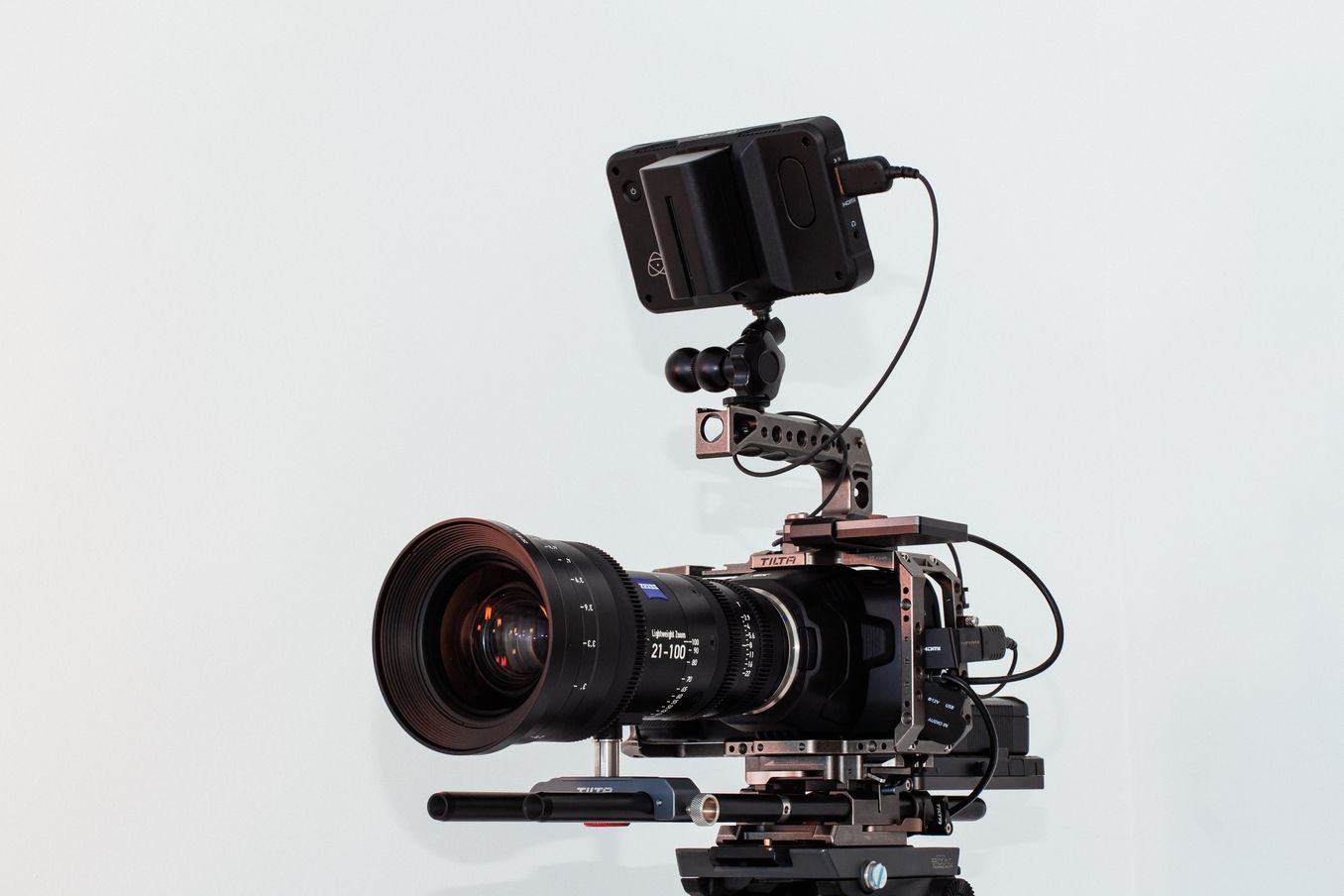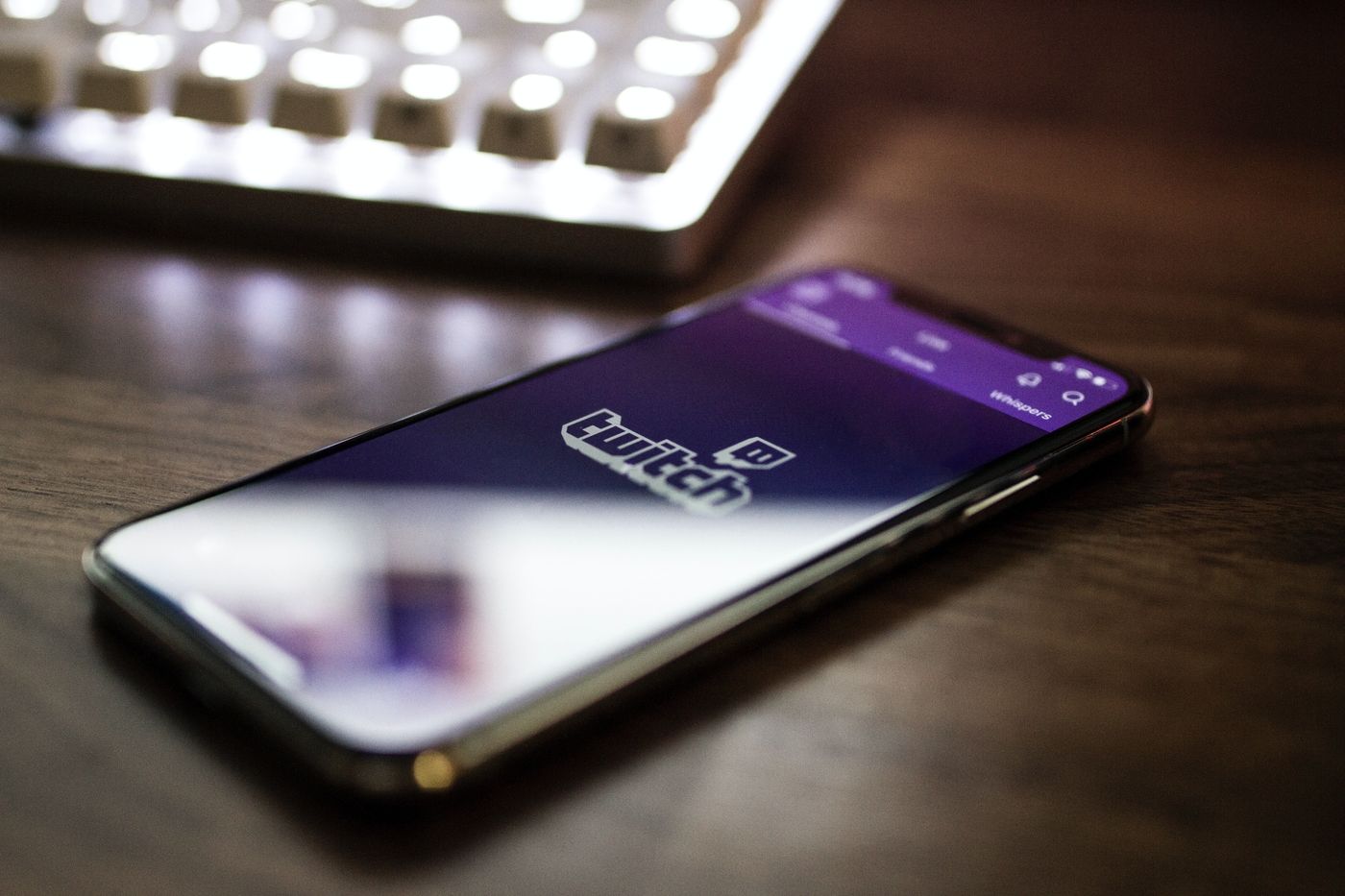All About Live Streaming: How It Works & 3 Key Benefits
Hire film gear from local filmmakers.

Hire film gear from local filmmakers.
It enables us to see a football match at the same time as the ones who went to the stadium. It allows us to witness precious moments, like Jennifer Lawrence falling at the Oscars. Guessed what we are talking about?
Live streaming, of course! This technology has evolved drastically and is now part of our daily lives - read on to explore how it works and discover 3 reasons to start using live streaming to your advantage!
If you want to start from the very beginning, immerse yourself into the basics of the production world with this guide on filmmaking.

What is live streaming?
Live streaming is the online transmission of an event while it occurs. This popular form of broadcasting has been around since the early 1990s.
The first professional sporting event live-streamed on the internet was in 1995 when the Seattle Mariners played the New York Yankees.
Nonetheless, live streaming is constantly growing and unlocking different possibilities. Especially on social media platforms, brands and creators use it to announce products, promote events, connect with their audience, and much more.
You can live stream on any compatible smartphone, tablet, TV, computer, or gaming console with a somewhat fast internet connection. Besides being practical, live streaming allows a real, immediate, and shared experience between creators and users.

What is the difference between streaming and live streaming
Let us begin with similarities. Both refer to transmitting audio and video files continuously over a wired or wireless internet connection.
Unlike traditional downloads, the content you watch is not stored on your device. If it were not for it, you would have to find space for every single video, movie, or music you consume (which does not sound like something your £10 pen drive could handle).
Yet, while the concept of streaming includes recorded and live media content, live streaming only refers to the content you consume while it happens. For instance, a movie is streamed, but a tennis match is usually live-streamed.
How does live streaming work?
Video capture
It all starts with raw video data that the camera sensor seizes. This information is entirely unprocessed and is represented as digital data within the computing equipment to which the camera is connected.
Compression and encoding
The second step is Compression (making it smaller) and Encoding (making it readable).
Compressing refers to removing unnecessary visual information. For example, if the first frame of the video exhibits a desk, this desk does not need to be rendered every time it reappears.
Think of video compression as inviting people over. You do not need to show them the house all over every time they are invited. Similarly, entire video stream frames are not continuously rendered, only the parts that vary, such as a person's movement. As a result, the video is smaller and easier to carry around the internet.
You can think of Encoding as translation. Such refers to the process of converting data into a new format so that a wide range of devices can read it. Without this procedure, many appliances would not recognize the visual information.

Segmentation
Videos are big. Sending such large amounts of digital information over the Internet at once is very impractical. For this reason, streaming video is broken up into short parts of a few seconds each.
CDN distribution and caching
Compressing, encoding, and segmenting only takes a few seconds. Now, it is time to make it reach millions of people through a content delivery network.
A CDN is a global network of servers that store and serve media for an origin server. Such allows delivering the content fast, without any loss of quality.
Decoding and video playback
The CDN distributes the live broadcast to all people who are watching it. The individual's device receives, decodes, and decompresses the video information.
Finally, a media player on the device translates it into visual data - and the video plays.
3 Benefits of live streaming
1. Wider audience potential
With live streaming, you are nowhere and everywhere. There are no limits on venue capacity or traveling needed. Your audience does not have to worry about skipping work or commuting.
It enables you to invite people of all ages, nationalities, and occupations. Most importantly, you can reach people you wouldn't otherwise be able to contact.

2. Affordable
The internet bill is the only expense you need to think about. No need to rent a venue space or hire extra staff.
With live streaming, your living room can be a stage, and a white wall is the only backdrop you need. Plus, many video live-streaming services are free, and even professional ones are not that expensive.
3. Reliable customer support
Live streaming is a great way to offer and receive support. On one hand, it is one of the best ways to connect with your audience.
They get to interact with you in raw and valuable ways. It is a great way to deliver information or obtain feedback - through a Q&A, for instance.
On the other hand, creators get support as well. Most live streaming services include technical help to handle any unanticipated technical difficulties.
Up next: Learn how to go live
Now that you learned the benefits of live streaming, the only thing left is knowing how to do it.
No need to worry, though - we are ready to offer you a helping hand here! Move on to our next guide to learn the 5 easy steps on how to live stream, discover essential equipment and choose the right platform!
What is streaming?
It is transmitting audio and video files continuously over a wired or wireless internet connection.
What is live streaming?
Live streaming transmits content while it happens.
What is the purpose of streaming?
Delivering media content in an immediate way that does not need storage.






















